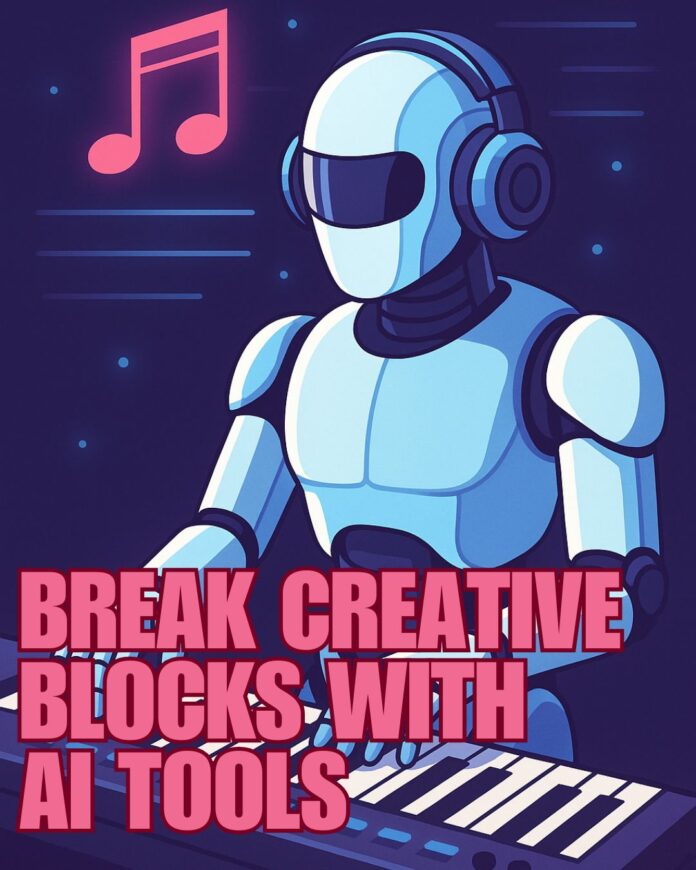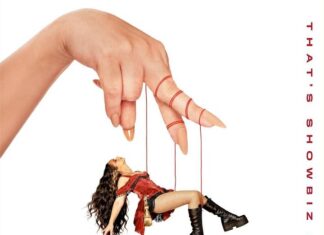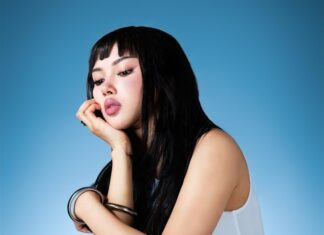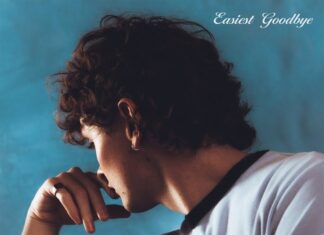
The fusion of artificial intelligence and music has shifted from a niche experiment to a vital creative resource for musicians of all levels. Today’s AI music tools—ranging from YouTube’s free generator to enterprise-grade platforms like Google’s Vertex AI and specialized services such as AIVA, Amper Music, and Soundraw—are celebrated for their ability to spark fresh ideas, overcome writer’s block, and enrich compositions with novel sounds. By treating AI as a collaborative partner rather than a replacement, artists can accelerate ideation, refine prompts for targeted results, and blend human performances with machine-generated elements to achieve hybrid productions that retain emotional depth. As legal frameworks evolve and vibrant communities around AI music flourish, musicians who embrace these technologies early will lead the next wave of sonic innovation.
The Evolution of AI in Music
From Novelty to Necessity
-
Early skepticism: Initial AI-generated music often sounded mechanical and derivative, reinforcing the myth that algorithms couldn’t capture true emotion.
-
Modern breakthroughs: Advances in machine learning now enable AI models to analyze vast musical datasets, learn stylistic patterns, and produce compositions with coherent structure, dynamic variation, and emotional nuance.
-
Creative amplification: Rather than replacing human creativity, contemporary AI tools accelerate the creative process—offering rapid ideation, novel chord progressions, and unexpected sonic textures that inspire artists to push boundaries.
Debunking the “Soulless” Myth
-
Hybrid workflows: By integrating AI-generated sketches with live vocals, instrumentation, or analog processing, musicians preserve authentic expression while benefiting from machine precision.
-
Emotional prompts: Specifying mood descriptors (e.g., “moody synth ballad”) helps AI engines capture tone and atmosphere, disproving claims that algorithmic music lacks feeling.
Top AI Music Tools for Musicians
YouTube’s Free AI Music Generator
-
Democratized access: Users can type natural-language prompts such as “uplifting acoustic folk jam” and instantly receive production-ready tracks.
-
User-friendly interface: Designed for beginners but flexible enough for pros to tweak arrangement, instrumentation, and mix levels.
Google Vertex AI Music Model
-
Developer infrastructure: Not a standalone app, but a scalable backend for startups, apps, and experimental projects seeking deep customization.
-
Advanced features: Supports genre blending, dynamic score generation, and “fill-in” capabilities to complete partially written compositions.
Spotlight on AIVA, Amper Music, and Soundraw
-
AIVA: Excels at orchestral and cinematic scoring, with extensive control over instrumentation, dynamics, and thematic development—ideal for film and game composers.
-
Amper Music: Streamlines quick, royalty-free audio creation for advertisements, podcasts, and YouTube content, offering intuitive tempo and style sliders.
-
Soundraw: Combines loop-based generation with adaptive layering, allowing producers to adjust mood, energy, and instrumentation on the fly for bespoke backing tracks.
Best Practices for AI-Augmented Music Creation
-
Use AI as a sketchpad
Generate multiple rough ideas at the start of a session. Select the most inspiring draft and refine manually to inject personal flair. -
Master prompt engineering
Be specific in your text prompts—include genre cues, emotional adjectives, tempo ranges, and instrument choices to guide the AI toward your vision. -
Blend, don’t replace
Layer AI-generated melodies or chord progressions with human-performed vocals, live instruments, or analog hardware to maintain warmth and character. -
Treat AI as a co-writer
Consider the tool’s suggestions as collaborative input, but rely on your instincts for song structure, dynamics, and storytelling to preserve artistic integrity.
Legal and Ethical Considerations
-
Copyright and ownership
Rights to AI-generated music vary by platform—always review terms of service and licensing agreements before commercial release. -
Attribution and royalties
Some tools require crediting the AI engine; even when not mandatory, transparency builds trust with listeners and collaborators. -
Human authorship requirements
To ensure legal eligibility for copyright, contribute substantial original material—melodies, lyrics, or performances—to any AI-assisted track.
Case Studies
Ghostwriter977’s AI-Driven Viral Hits
An anonymous creator used AI to mimic popular artists’ styles, igniting debates over originality, copyright infringement, and the ethics of sonic impersonation.
Holly Herndon’s AI Vocal Twin
Avant-garde musician Holly Herndon trained a custom model on her own voice, forging experimental soundscapes that blur the lines between human and machine performance.
Getting Started with AI Music
-
Experiment with free tools: Try YouTube’s generator or Soundraw’s entry tier to explore AI-driven ideation before investing in premium subscriptions.
-
Join vibrant communities: Engage with fellow AI music enthusiasts on Reddit’s r/AI_Music, Discord servers like “AI Composers,” and newsletters such as “The Prompt.”
-
Leverage tutorials and resources: Online walkthroughs cover prompt crafting, genre case studies, and post-processing techniques to help you integrate AI seamlessly into your workflow.
The Future of Music Creation
AI is not poised to replace musicians but to become an essential creative collaborator. As models become more intuitive and accessible, artists who embrace AI today will unlock deeper innovation, broaden their sonic palette, and reach new audiences—heralding a transformative era in music production.





















 🔥 Limited Time: Get 55% OFF All Plans - Ends in:
🔥 Limited Time: Get 55% OFF All Plans - Ends in: